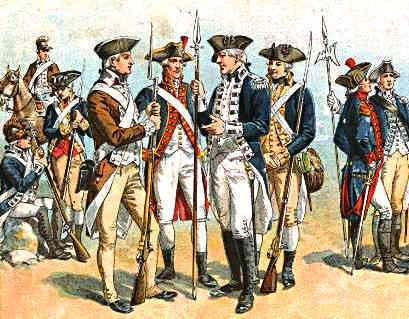John Dickinson’s Involvement in the Revolutionary War was significant. Dickinson continued his political career as a pamphleteer, and in the process, became the “Penman of the Revolution,” and the most recognized spokesman for colonial grievances against the crown. In 1765, he published The Late Regulations Respecting the British Colonies . . . Considered, a tract that took exception to the Stamp Act. Dickinson believed that the colonists needed to secure the help of British merchants in order to gain the repeal of the law, and he, therefore, outlined how the Stamp Act would be detrimental to their potential profits. His exposition of the subject led Pennsylvania to send him as a delegate to the Stamp Act Congress, held in New York in 1765.
Dickinson immediately emerged as a conservative leader, jealous of colonial rights but opposed to violent retribution. He drafted the Stamp Act Resolutions, a document that emphasized the “noble principles of English liberty” and the proper role of the colonists in taxation, where he unequivocally states “that all internal Taxes be levied upon the People with their consent… [and] That the People of this Province have . . . this exclusive Right of levying Taxes upon themselves.” His work and principles became the basis of colonial resistance to unconstitutional Parliamentary acts. Even Whig members of the British Parliament relied on Dickinson’s language to challenge colonial taxation. His genius was recognized on both sides of the Atlantic.
Dickinson had been elected colonel of the first battalion of militia raised in Philadelphia in 1775 and served as the chairman of the committee of public safety the year prior. Even while offering the “olive branch,” Dickinson was actively preparing his colony for war. Congress began debate on a declaration of independence in June 1776, and Dickinson made clear his objection to such action. He still hoped for conciliation. When the document was finally presented to the Congress, he cast his vote against it—the vote was by states and not delegates—and he made one of the more brilliant speeches of his career. He did not oppose independence in principle, but he did not believe the colonies were ready to fight a war with England. They had not obtained any foreign alliances and had not adopted a plan for a stronger “union.” He later insisted that it was the timing and not the idea of independence that led him to vote “no.” Dickinson retired from the Congress after his vote and took up arms against the British as a brigadier general in the Pennsylvania militia. But, before leaving in July 1776, Dickinson drafted a plan of union entitled “The Articles of Confederation and Perpetual Union,” the general framework of which became the first governing document of the union of the States.
John Dickinson’s Involvement in the Revolutionary War
The British considered him a principal actor in the march to American independence and in December 1776 burned his Philadelphia home, Fairhill, in retaliation. He was forced to retreat to Delaware where he helped plan the defenses of his home region during the war. He served as a private soldier at the Battle of Brandywine in 1777, and in 1779 Delaware sent him back to the Continental Congress. His term in the Congress lasted two years, and in 1781, Delaware elected him president of the state. Pennsylvania likewise chose him to serve in the same capacity in 1782, so for two months, Dickinson served as the executive of two states. He resigned from his position in Delaware but maintained his office in Pennsylvania until 1785.
Cite This Article
"John Dickinson’s Involvement in the Revolutionary War" History on the Net© 2000-2024, Salem Media.
April 19, 2024 <https://www.historyonthenet.com/john-dickinsons-involvement-in-the-revolutionary-war>
More Citation Information.






